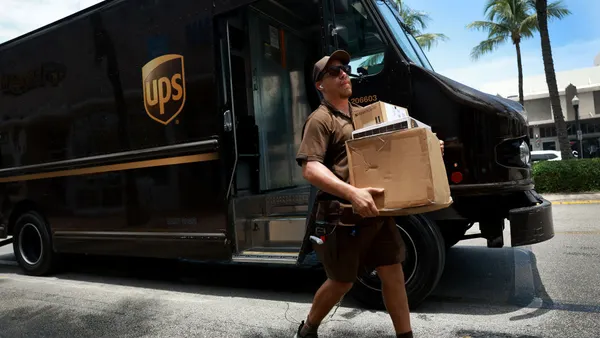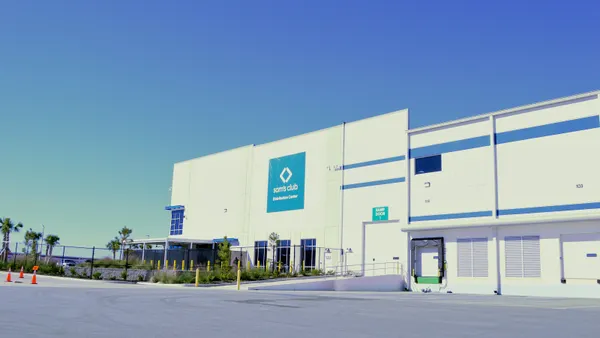Dive Brief:
- The way flu vaccines are distributed across the U.S. could be costing lives and pose a risk in the event of an influenza pandemic, according to a study published in the medical journal PLOS ONE.
- Few states currently have systems in place that provide visibility into how much vaccines have been administered, how much inventory is left, and therefore where replenishment needs to happen, co-author Julie Swann told U.S. News & World Report.
- Creating a system that increases visibility, and restocking vaccines in areas where flu shots are getting taken (and less so where they are not) would increase the number of people vaccinated in the U.S. and allow authorities to conduct campaigns where vaccines are not administered, the study concluded.
Dive Insight:
Flu vaccine distribution in the United States may be the next product to benefit from available supply chain management solutions. Data analytics and computer modeling could make flu vaccine more readily available for those in need.
But the real question is what took so long?
The retail supply chain uses point-of-sale data to keep shelves stocked at their optimum levels by sending digital signals to integrated warehouse management systems. Vendor managed inventory programs directly support stocking locations in factories and supermarkets, with everything from hardware to fresh bread. And through omnichannel, the shirt I bought online last night ships seamlessly from the location with the right amount of stock. Why can’t we apply these traditional supply chain management techniques to a critical commodity like flu vaccines?
There might be some behavioral changes in order to make sure things get off on the right foot. Changes in consumption behaviors often create artificial demand. We see it in cars waiting in gasoline lines in times of even minimal supply constraint, in the supermarket when there is a rumor of toilet tissue shortages, and in "just in case" purchases of components that might have supply interruptions.
There needs to be trust in the distribution system that if the flu breaks out, there will be the right amount of vaccine in the right place. Hoarding creates false signals throughout the distribution channels, creating both surplus and shortages.
Real time channel management systems and integrated logistics could balance vaccine supply and demand based on forecast, production, inventory levels, and active usage patterns. Or we could just rely on Amazon, UPS or Brooks Brothers to manage flu vaccine distribution. They all have a pretty good track record of getting the right things where they need to be.













